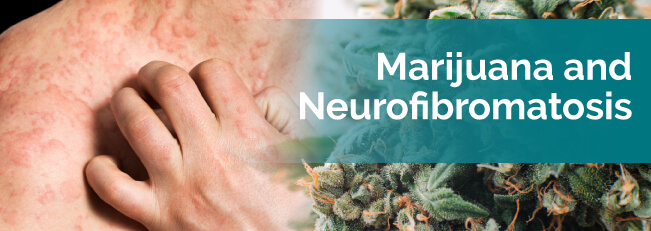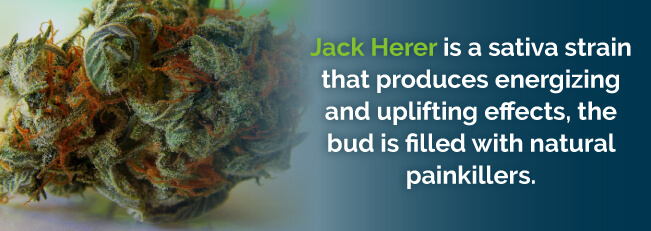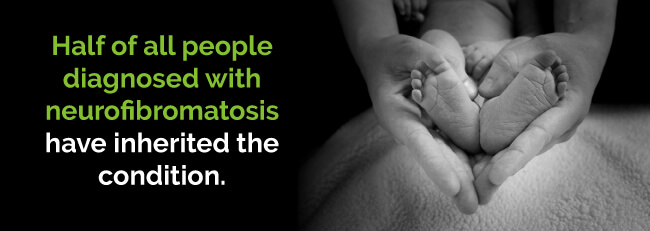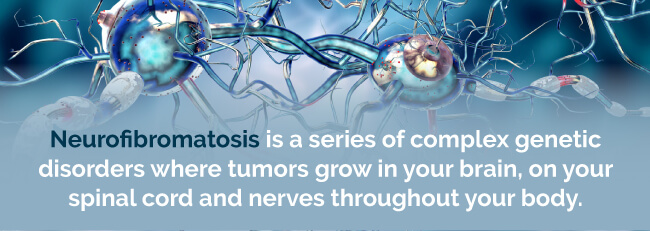
Suffering from chronic pain is debilitating. You’ll be understandably worried and unsure where to turn when you have a neurofibromatosis diagnosis. You may also be sick and tired of the side effects of taking conventional drugs. When considering treatment for this disease, you need to look at what neurofibromatosis is, its symptoms and its implications. To combat the negative side effects of opioids, using medical marijuana for neurofibromatosis treatment can help alleviate your symptoms.
As a bona fide alternative treatment option, medical marijuana has been proven as a remedy for patients who seek pain relief time, anti-inflammatory effects and the treatment of Neurofibromatosis. It is already known that marijuana can stimulate the appetite of patients. But researchers have learned that cannabinoids, in addition to having palliative benefits in cancer therapy, have been associated with anti-carcinogenic effects, which are responsible for preventing or delaying the development of cancer or tumor spread. Additionally, medical marijuana has been responsible for slowing tumor growth rates and shrinking them in size.
Find A Doctor Find A Dispensary

Medical marijuana is legal in many states to alleviate the symptoms of qualified conditions and chronic diseases. Some of the NF symptoms pot can treat include:
If you’re suffering from neurofibromatosis, speaking to a medical marijuana doctor could help you take that first step towards better health. Neurofibromatosis is an approved qualifying condition for medical marijuana treatment in Illinois.
There are many strains of pot on the market nowadays. Each strain has its own therapeutic profile and varying levels of CBD to THC. Because of this, the best strain for you will depend on your NF symptoms.
Tumor growth is one of the standard signs of neurofibromatosis. You can use medical pot to help treat this. Some helpful strains are:
Chronic pain is arguably one of the most challenging aspects of NF to manage. Rather than taking prescription painkillers, many of which come with a risk of addiction and other adverse side effects, cannabis is a natural route to take. Some good strains for nerve pain are:

Suffering from a consistently low mood can be difficult to deal with along with your diagnosis. Cannabis is a real alternative if you don’t want to take prescribed anti-depressants. Two particularly good strains for lifting your mood are:
Your body heals as you sleep. If you’re not getting adequate rest, you feel negative, irritable and unable to cope with the day ahead. Add this to the other symptoms you’re experiencing, and you could be feeling terrible. Thankfully, these two heavy indica strains of medical cannabis for neurofibromatosis are excellent for getting you off to sleep:
You might find you’re suffering from appetite loss, nausea and vomiting if you’re undergoing cancer treatment relating to your NF. If so, the following strains can help:
You may have noticed that some of these strains are used to treat many different symptoms of NF. It’s a good idea to speak to a knowledgeable budtender or medical marijuana doctor if you’re wondering which one may best suit you. If you feel that pot could help you and you want to know more about marijuana and fibromatosis, search for a medical marijuana doctor or dispensary today.
Find A Doctor Find A Dispensary
Neurofibromatosis, also known as NF, involves almost every organ system in your body. It’s a series of complex genetic disorders where tumors grow in your brain, on your spinal cord and nerves throughout your body. Half of all people diagnosed with neurofibromatosis have inherited the condition. However, it’s also possible for spontaneous cases to occur via mutations in your genes.

NF occurs in both sexes and all ethnic groups. Current treatments aimed at controlling your symptoms with surgery are often employed to alleviate the pain and appearance of tumors. There are three different types of NF:
The tumors associated with the disorder are usually benign (noncancerous). But, they can sometimes become malignant (cancerous). Symptoms of NF are often difficult to notice, although there can be complications. These signs could include:
Your doctor diagnoses NF1 first by conducting a physical examination. Your physician checks your skin for cafe au lait spots (hyperpigmentation lesions) using a lamp. In addition to a physical examination, having a family history of the condition is a major component of an NF2 diagnosis. Your physician might recommend genetic tests, imaging tests (CT scan, MRI and/or X-rays) and an eye and ear exam as part of the official diagnosis.
Awareness of NF1 seems to date back to the 13th century. Mark Akenside, a poet and physician, published a science-based description in 1768 of the condition. At that time, scholars like Aldrovandi and Pare were recognized as suffering from nerve disorders. The neuromas of NF were initially described by Smith in 1849. However, Frederick von Recklinghausen is the man credited with the discovery of NF1 and named it in 1882.
The three types of NF each have different symptoms and signs:
NF1 usually first appears in childhood. Signs and symptoms are moderate but can vary regarding severity. It’s often apparent at birth or shortly afterward that you have the condition. It’s almost always diagnosed by age 10.
Symptoms and signs include:
NF2 is much rarer than NF1. Symptoms of the condition are usually the result of slow-growing, and benign tumors in both ears called acoustic neuromas. These are also known as vestibular schwannomas. They grow on the nerve that carries balance and sound signals from your inner ear to your brain.
The signs of NF2 tend to appear within your late teens to adulthood. They also vary in severity. Look out for the following:
NF2 may lead to the growth of schwannomas in other nerves. Areas affected may include the peripheral, cranial, visual and spinal nerves. Symptoms and signs of these to be aware of include:

Schwannomatosis is a rare type of neurofibromatosis that usually affects you after you reach the age of 20. This type causes tumors on the peripheral nerves, skull and spine. It doesn’t have an impact on the nerve that carries balance and sound information from your inner ear to your brain. Schwannomatosis doesn’t cause the hearing loss that people with NF2 suffer as tumors don’t tend to grow on both of your hearing nerves.
Schwannomatosis can be a chronically painful condition and can cause pain anywhere throughout your body. Some other symptoms include muscle loss and weakness or numbness in different parts of your body
Visit your doctor as soon as possible if you or your child develops any of the symptoms above.
The overall severity in affected individuals who have Neurofibromatosis can vary significantly, which sometimes may be due to variable expressivity. Approximately half of all Neurofibromatosis cases are due to de novo mutations, and no other affected family members are seen. Typically this affects males and females equally, but some individuals may have mosaic Neurofibromatosis, which means some but not all cells of the body carry the mutation.
Living with neurofibromatosis is challenging. A study published in Genetics in Medicine discovered higher stress levels, more depression symptoms and lower levels of self-esteem in a group of 248 people with the condition.
Each person reacts differently to their NF diagnosis. When you have neurofibromatosis, you’ll likely experience strong emotions. You might be frightened of what the future holds. You could be concerned about potential changes in your physical appearance and how others might then react to you. You’ll also struggle with feelings of isolation and perhaps dread.
It’s natural to feel numb and shocked when you’ve been given a life-changing diagnosis. Some people experience anger and denial, and you might, too. You may isolate yourself from others and have no interest in activities that you once enjoyed. You may be worried about whether or not to have children as the condition is often inherited. Given all these factors, NF can cause an emotional burden to you and your partner or family.
The Neurofibromatosis (NF) Center of the Washington University School of Medicine provides these statistics on the disease:
There’s currently no known cure for neurofibromatosis. Therefore, treatments are focused on controlling your symptoms. No standard treatment exists for the condition because NF symptoms vary so widely from individual to individual. Some symptoms, such as freckling and cafe au lait posts, don’t require treatment. When treatment is necessary, your options could include:
Surgery and cancer treatments are crucial if you need them. Marijuana for neurofibromatosis can help relieve some of the side effects of treatment such as nausea, vomiting, and discomfort. If you’ve been prescribed strong painkillers, they can have adverse side effects too. Considering these side effects, it’s important to understand how cannabis can offer you natural and gentle relief from your NF symptoms.